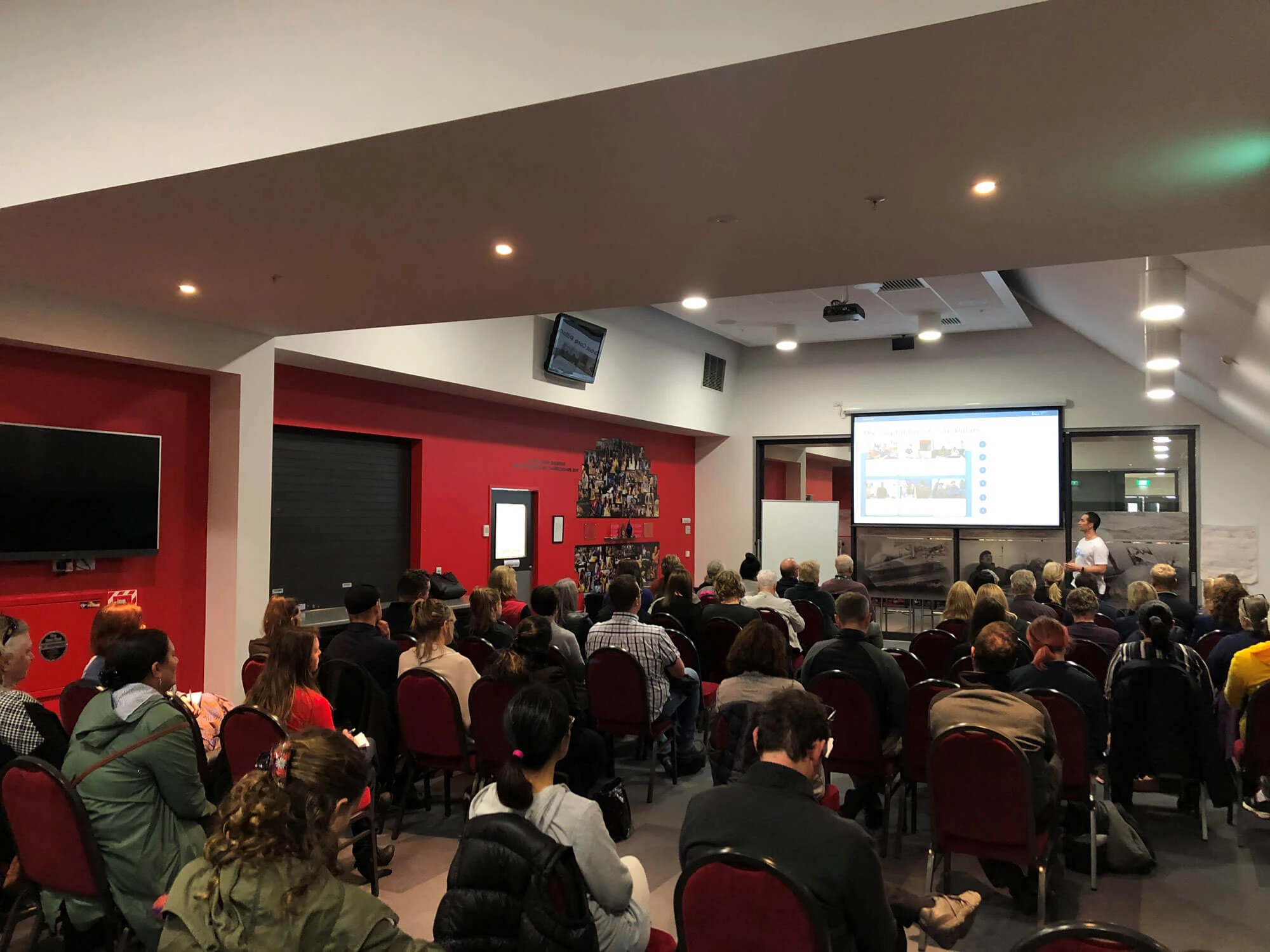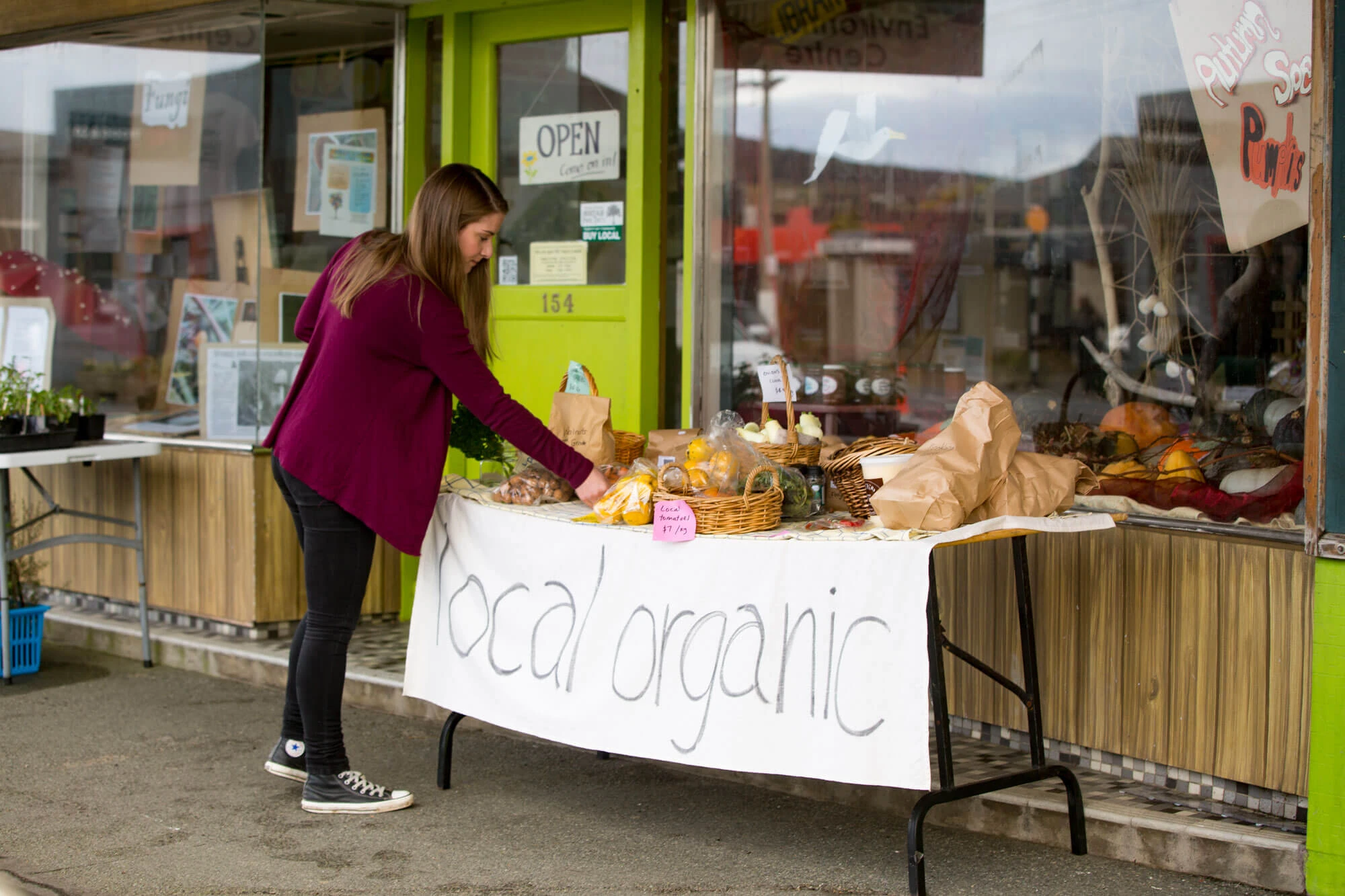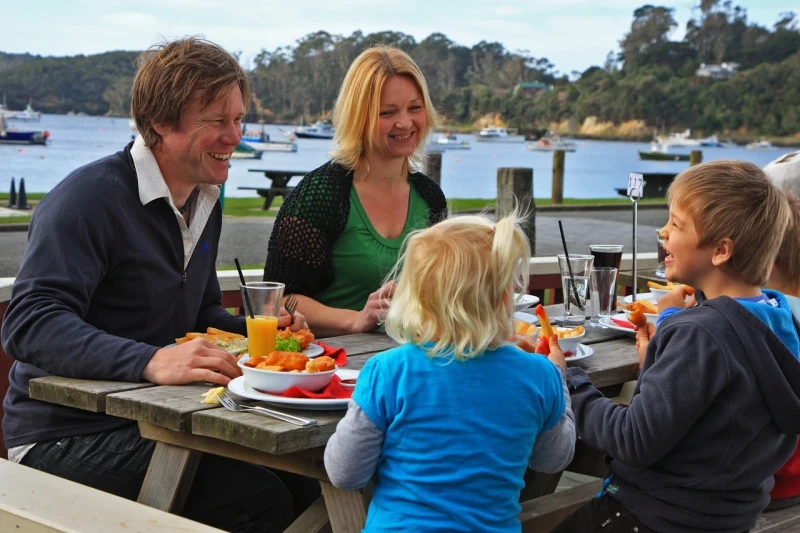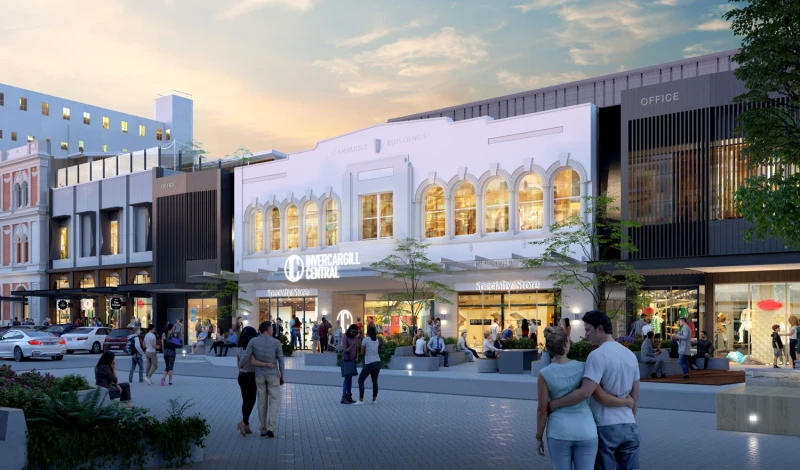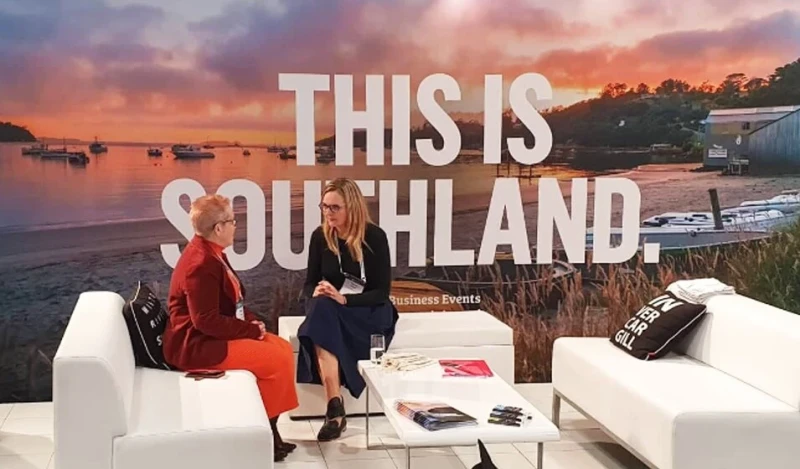Murihiku Southland’s population makeup has changed over time and projections show that it’s going to keep changing.
There are going to be more older people in communities alongside more ethnic diversity. Understanding who lives in our region, why and where is important as it guides what services, facilities, amenities and infrastructure are provided to enable a desired way of life, now and into the future.
Research from Infometrics identified four key demographic trends:
- Increasing diversity
- Ageing population
- Slower population growth rate
- Increasing Māori population
While it is still very important to attract people to the region as outlined in Southland Regional Development Strategy (SoRDS) in 2015, there is a need to now focus on retaining people and keeping them in the region. This will be achieved by helping newcomers to settle in quickly and streamlining our welcoming approaches.
There is also a desire to make sure Southlanders have the same opportunities for equity in wellbeing as other New Zealanders. It shouldn’t matter where you live in terms of quality and access to healthcare, education or other services. However, it is different in Murihiku Southland often because the small population cannot economically sustain some services, such as public transport networks for example. This means the region and its leaders has to think differently to find innovative solutions, and to be strong together as a region to make sure the things that matter are advocated for.

